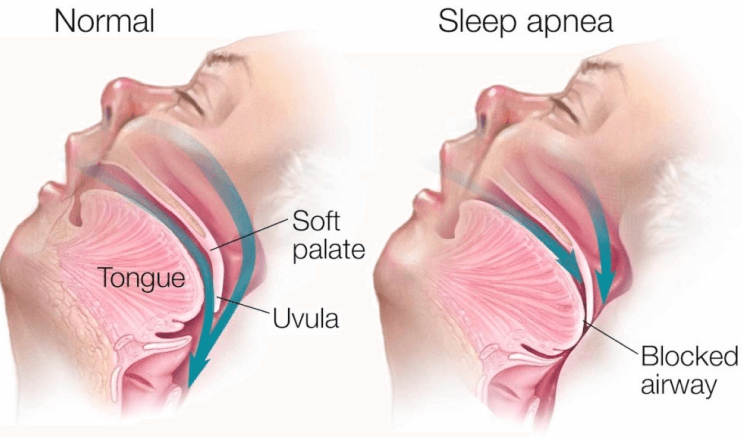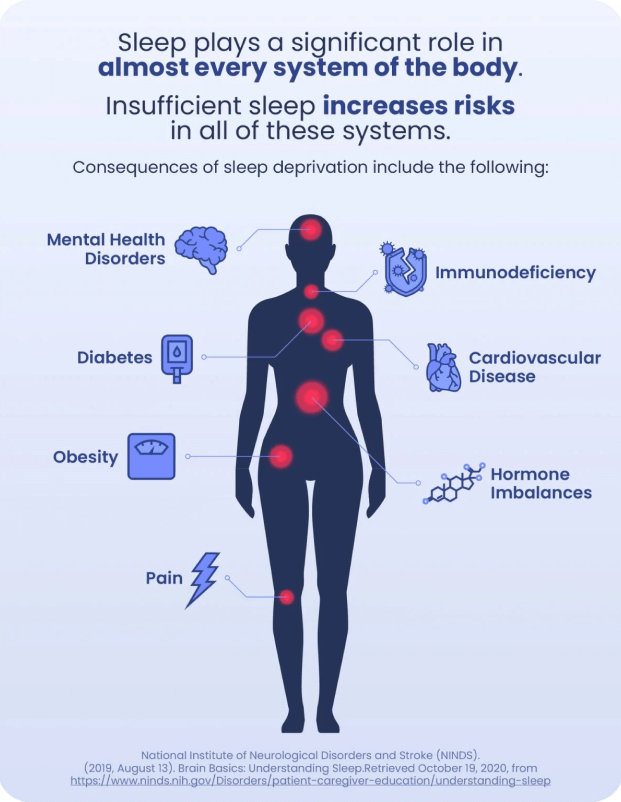When we begin to sleep we drift through the stages, from lighter sleep to deeper sleep. When an apneic episode and corresponding drop in oxygen level occurs during the deeper stages of sleep, including REM sleep, our bodies are stimulated to wake up just enough so that we can take a few deep breaths to get our oxygen levels back up to normal. We don’t wake up all the way, but just to the lighter stages of sleep where our breathing muscles are able to take a deep breath. This causes a person to keep cycling from deep sleep to lighter sleep and back again. In severe sleep apnea this can happen hundreds of time every night. And because the person never actually wakes up all the way, they do not realize what is happening. When they wake up in the morning, they will have no recollection of ever having been woken up out of deep sleep to a lighter stage of sleep. They will think they had an entirely normal night’s sleep. Except that they will still feel tired. Why? Because they never had the chance to complete a full cycle of deep sleep or REM sleep. In a normal night, a person will pass up and down through the sleep levels slowly, and will often complete three to four full cycles of REM sleep. With sleep apnea, those normal cycles are interrupted because every time the body finally gets deep enough in sleep to begin a REM cycle, the person gets woken back up to light sleep because of an apneic episode. Then they have start to process all over again, getting back to deep sleep, where they are again woken up, again missing the chance to compete a normal sleep cycle. Thus they can end up sleeping all night without ever having had any satisfactory deep sleep. This may not be felt or known by the person but can easily be seen on a sleep apnea test.






